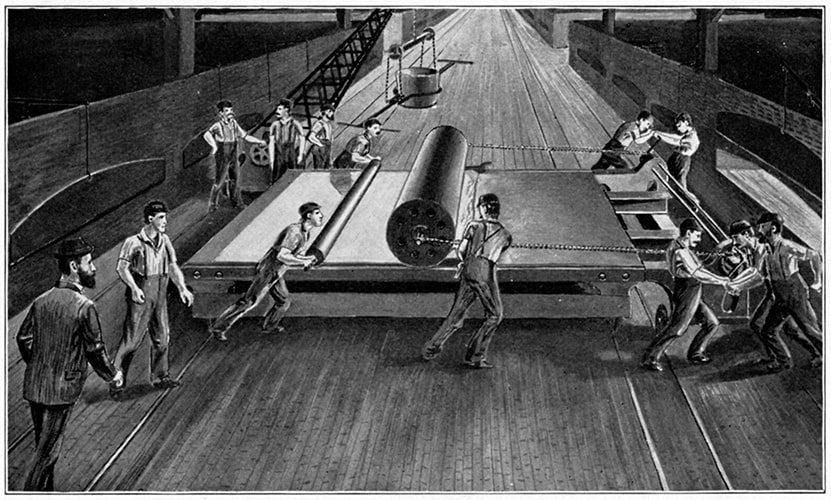The inventor of flat glass: Who is Lukas de Nehon?
The flat sheet glass we know today was obtained in 1688 by Frenchman Lukas de Nehon pouring molten glass into a flat mold and then grinding and polishing both sides. However, one of the most important problems of this type of manufacturing was the air bubbles remaining in the molten glass.

Flat glass first appears in history with the production of window glass by the Romans. Flat glass as we know it today was first produced in 1688 with a method developed by the Frenchman Lukas de Nehon. Afterwards, different production methods were tried. Finally, in 1960, the British company Pilkington patented float glass. The method of producing flat glass by floating it on a tin bath is used by today's manufacturers.
Although it is not exactly clear when it was found or started to be used, it dates back to B.C. Between 2500 BC It turns out that the story of artificial glass, which is thought to have emerged around 1500, is more complicated than expected.
In its simplest form, glass is obtained by melting silica sand over a fire and mixing some substances into it.
Glass is what we can call the molten form of stone.
In fact, there are even people who call glass a liquid. Over the years, it has been observed that the lower parts of window panes have become wider. It does not show crystallization properties like other solid substances.
In addition, opening window spaces in buildings and placing glass on windows do not coincide at the same time.
The first window opening in buildings dates back to B.C. It began to be seen in Persepolis in the 4000s.
The Egyptians first lived in B.C. They made jewelry from glass between 2270 and 2770.
The Romans, on the other hand, started to place glass in window openings with the glass technique they took from the Egyptians.
Glass came to Anatolia with the Seljuks.
Flat glass as we know it was first developed by the Frenchman Lukas de Nehon in 1688.
Of course, since we are not talking about natural glass, which is found volcanically in nature, I am not talking about it here.
As you can see, it was a very natural desire to cover the window gaps opened to allow light and air in the buildings with a transparent material for protection.
We also know that when glass was not available, this need was met with wooden or metal covers, which we call shutters. It has also been observed that oiled cloths or thin marble pieces were used to cover window gaps.
We know that window glass began to be used in homes starting from the 15th century.
What we call curtain walls or glass facades in buildings emerged as a result of the Industrial Revolution and was first used on the facade of a two-storey bank building in Philadelphia in 1820.
The first skyscraper with curtain wall steel construction was the Home Insurance building in Chicago, built-in 1883.
However, the Crystal Palace building, built in 1851, has a special place among transparent glass buildings.
Likewise, the Palm House, Auditorium Building, and Monadnock Building began to indicate how far this business would go, as early as the end of the 19th century.
The first glass patent was received in Belgium in 1904.
However, an example of a curtain wall as we know it with glass and metal materials is the Empire State Building, which was built in New York in 18 months in 1929.
Famous architects of the 20th century; Louis Sullivan, Mies Van Der Rohe, Le Corbusier, Walter Gropius, and others made great efforts to popularize curtain wall buildings. These efforts are not in vain.
------------------
Brief history of the flat glass patent – Sixty years of the float process
https://www.sciencedirect.com/science/article/abs/pii/S0172219014000507
